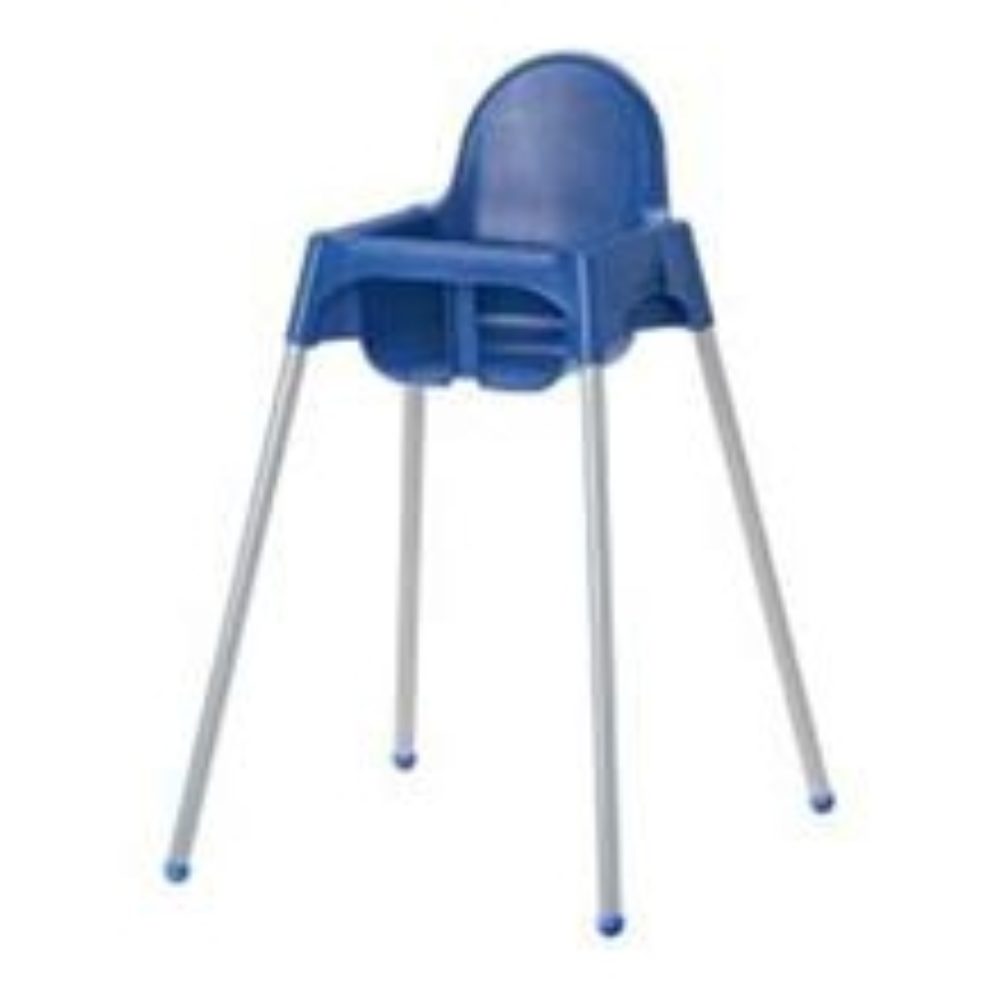Following several reports of children falling and hurting themselves, nearly 170,000 IKEA high chairs are being recalled.
The IKEA high chair recall was announced by the U.S. Consumer Product Safety Commission (CPSC) on January 5, following at least eight reports received by IKEA of restraint buckles opening unexpectedly on the ANTILOP model high chairs. Three of those incidents resulted in children suffering minor injuries after falling out of the chairs.
The CPSC determined that the restraint buckle’s design poses a fall hazard to children.

Did You Know?
Change Healthcare Data Breach Impacts Millions of Customers
A massive Change Healthcare data breach exposed the names, social security numbers, medical and personal information of potentially 100 million Americans, which have now been released on the dark web. Lawsuits are being pursued to obtain financial compensation.
Learn MoreThe recall affects 133,000 IKEA ANTILOP high chairs sold in the U.S. and 36,000 sold in Canada. The high chairs are plastic with detachable silver-colored metal legs and were sold in blue, with Model # 701.467.92; red, with Model # 501.467.93; and white, with Model # 300.697.24.
The chairs have manufacturing dates between 0607 and 0911 (using a YYMM format) and are from supplier number 17389. The model number, ANTILOP and IKEA are on a label affixed to the underside of the seat, while the production date and supplier number are molded into the underside of the seat.
The high chairs were sold at IKEA stores nationwide for about $20 from August 2006 through January 2010.
The CPSC recommends that consumers immediately stop using the chairs and contact IKEA to obtain a free replacement seat restraint. For additional information, consumers can call IKEA at (866) 966-4532 or visit the company’s website at www.ikea-usa.com.
This is the third recall of an IKEA children’s furniture product in the past year. In October, the company issued a children’s tent recall for about 58,000 folding tents due to a laceration hazard, and in February there was an IKEA crib recall for about 26,000 units that could collapse due to a defective bolt.
1 Comments






JelissaApril 17, 2021 at 1:04 am
My daughter is 27 pounds she was strapped in as well . She was waiting for her food and was clapping her hands on the high chair and she leaned alittle and it flipped her over causing her to hit her head on the tile and get a huge knot .